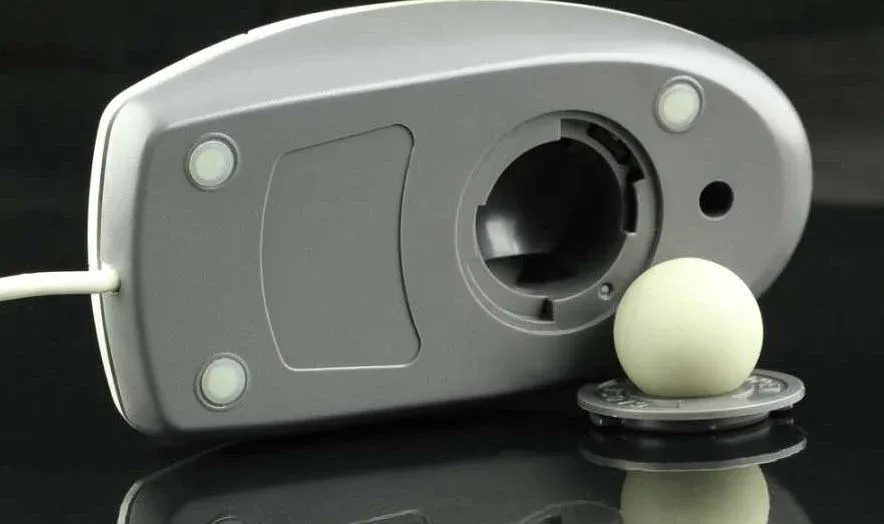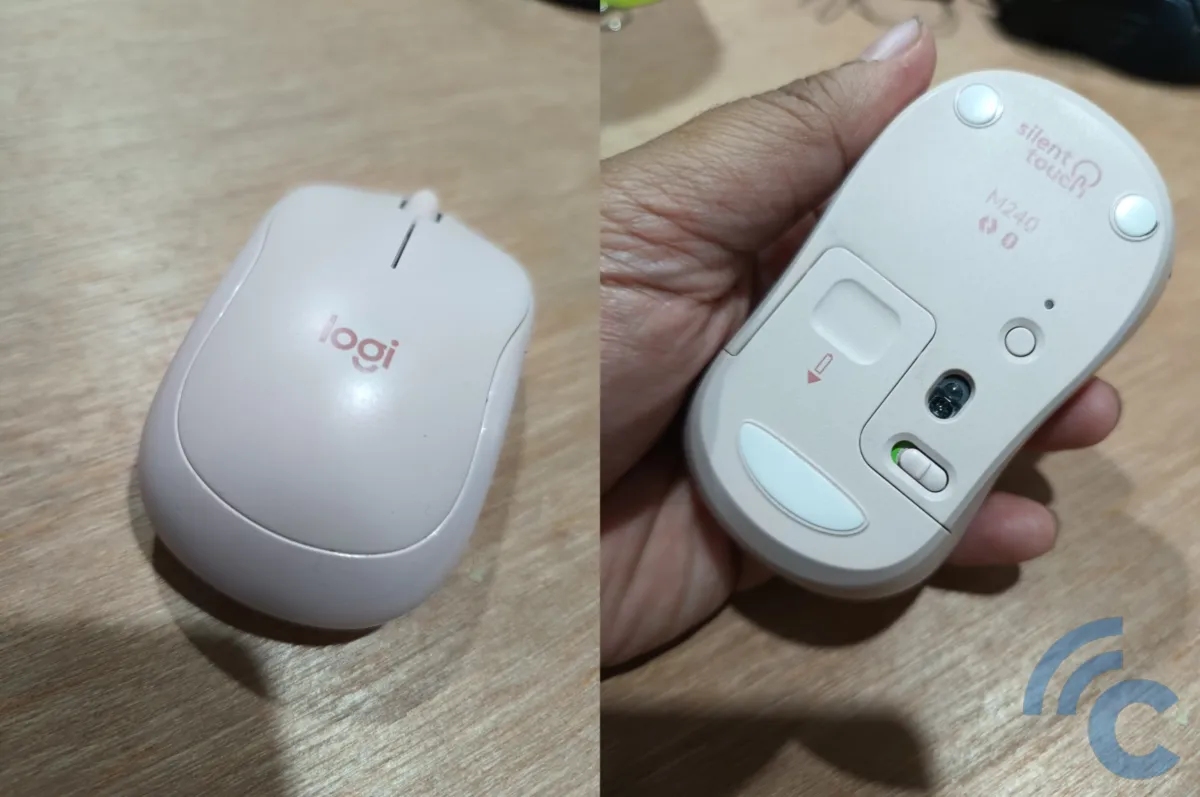6 Different Types of Computer Mouse
Did you know there are various types of computer mouse available in the market? You might purchase a mouse for different purposes, but it's crucial to ensure it's compatible with your PC. Knowing about different mouse types is a good starting point.
Carisinyal has explored topics related to computer mouse, covering the top mouse brands globally, the finest gaming mice, and more. To select the ideal mouse, you need to familiarize yourself with each kind available. Let's take a look the different types of computer mouse based on its function and shape.
1. Mechanical Mouse or Ball Mouse

The mechanical mouse, also known as a ball mouse, features a metal or rubber ball on its underside. As you move the mouse, this ball rolls, and its movements are translated by a sensor inside the mouse to move the cursor on your screen accordingly. This type of mouse is less common now, replaced largely by the more advanced optical mouse.
Long-time computer users might remember using a mechanical mouse. For optimal performance, it needs to glide over a mouse pad. Without one, accurately positioning the cursor can be challenging. These days, the mechanical mouse is mostly a relic of the past, largely absent from the market.
2. Optical Mouse

The optical mouse represents a technological leap over the mechanical mouse. Unlike its predecessor, it doesn't use a ball or electromechanical components. Instead, it relies on LEDs (Light-Emitting Diodes), optical sensors, and DSP (Digital Signal Processing) technology.
These components collaborate to track the mouse's movements on a surface, such as a table. They then communicate this movement to the connected computer, allowing for precise and effortless cursor placement on the screen.
Another advantage of optical mice is their independence from mouse pads. They can function on various surfaces, although a mouse pad might still enhance their accuracy, especially on uneven or glass surfaces.
3. Wireless Mouse

Wireless mice have become popular due to their exceptional portability. This type of mouse connects to a computer without the need for any physical cables.
Today's wireless mice primarily utilize radio frequency (RF) technology to communicate with your computer. They operate using two key components: a transmitter and a receiver.
The transmitter, housed within the mouse, emits electromagnetic signals. These signals carry information about the mouse's movements and the buttons you press.
These signals are captured by a small square receiver, which you plug into the computer's USB port. The receiver decodes the signals and relays this information to the mouse driver software on the computer.
Notes:
- Receivers come in different forms. Some are square-shaped and plug into a USB port, others are card-shaped for card slots, and some computers have built-in receivers.
- Wireless mice are powered by batteries that you install yourself. Each model has a different battery life, depending on its design and usage.
- Due to their advanced technology, wireless mice tend to be more expensive than their wired counterparts.
4. Bluetooth Mouse

A Bluetooth mouse connects wirelessly to a computer using a Bluetooth connection. This versatile mouse works well with a variety of devices. If your computer or laptop is equipped with Bluetooth, you can easily pair it with the mouse for use.
These mice have a notable range of about 10 meters. However, they can be susceptible to interference from other Bluetooth devices. To minimize this, it's best to keep your Bluetooth mouse at a distance from other Bluetooth gadgets. Another aspect to consider is the cost of a Bluetooth mouse.
Setting up a Bluetooth mouse might seem a bit complex initially. Typically, you start by inserting the battery into the mouse and turning on its wireless switch. This allows the mouse to recognize and connect with the computer.
If your computer doesn't have Bluetooth, you can use a Bluetooth adapter to establish a connection with the mouse. Although Bluetooth mice usually detect Bluetooth-enabled adapters or devices automatically, sometimes manual setup is necessary.
5. Trackball Mouse

The trackball mouse is unique, featuring a ball set in a socket with a sensor that detects its rotation. You can move this trackball using your thumb, finger, or palm. The placement of the ball varies—some models have it on the side, while others position it at the front.
To move the cursor across the screen, you roll the trackball. Sometimes, you might need to lift or reposition the mouse itself for smoother movement. These mice come in various models and brands, offering a range of options to choose from.
6. gStick Mouse

The gStick mouse stands out from the other types we've discussed. It's designed like a pen and is ideal for tasks such as designing, editing, or painting on a computer screen. It's also comfortable for browsing and other standard computer tasks.
This mouse operates wirelessly, powered by AAA batteries. Its small size makes it conveniently portable, easily fitting in your pocket. The gStick mouse includes a scroll wheel that can be operated with your finger or by pressing buttons on either side of the wheel.
These mice represent some of the most popular types worldwide. All of them, except the mechanical mouse, are readily available for purchase online or at computer stores.
Each mouse type offers different benefits. Some are tailored for gaming, while others are better suited for work-related tasks.
Gaming mice are often more expensive due to their specialized features. In fact, some of these gaming mice are priced in the thousands of dollars. Some work mice from certain brands also reach prices over a hundred dollars, though not as often as gaming mice.
